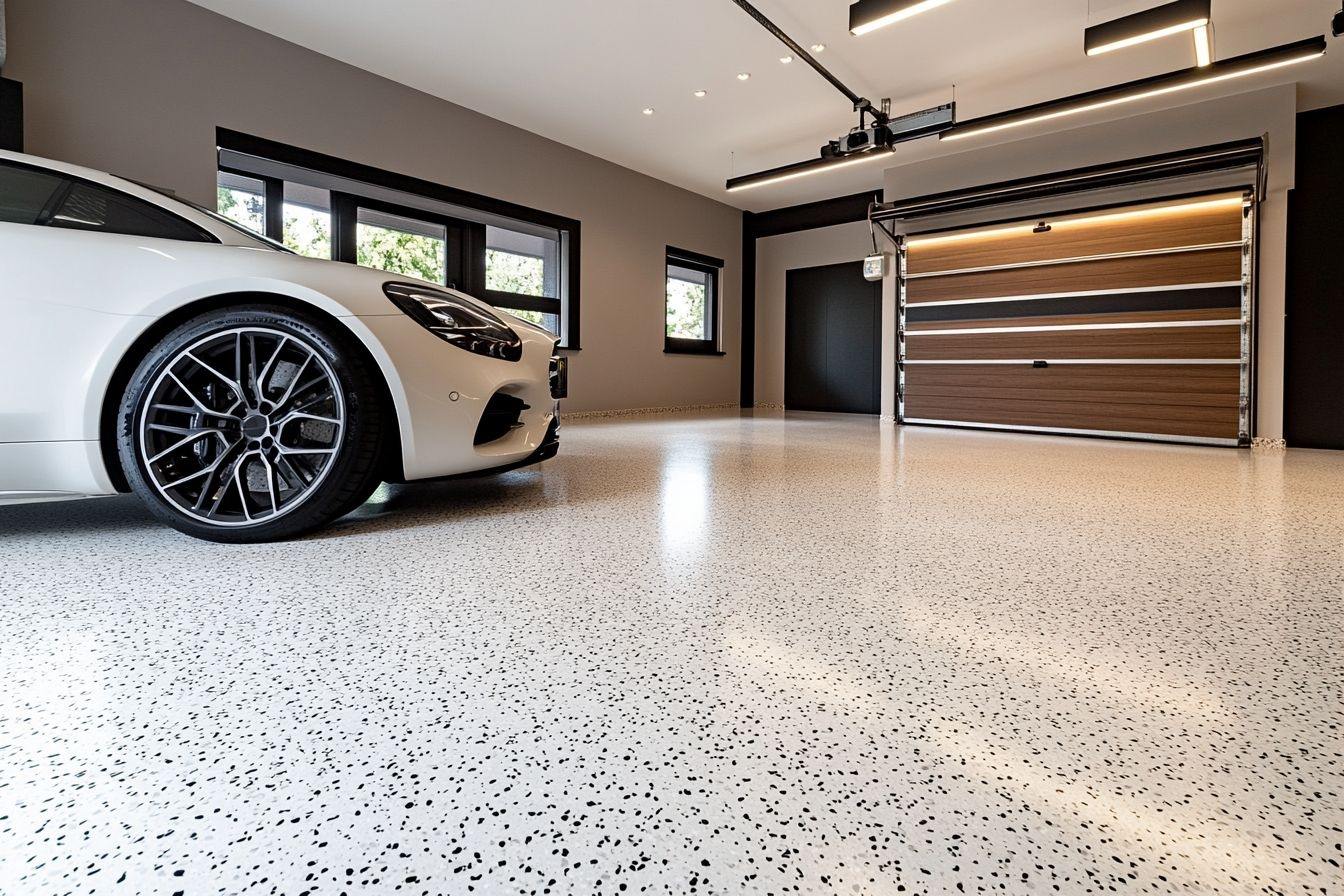Integrating Lighting and Accessories into Personalized Storage
Practical lighting and well-chosen accessories transform personalized storage from a static solution into an adaptable part of daily routines. This article explains how lighting, modular fittings, and hardware choices support wardrobe clarity, improve organization, and make interiors more usable and visually coherent.

Personalized storage works best when it balances visibility, access, and flexibility. Integrating lighting and accessories into a storage plan helps reduce clutter, clarifies organization, and makes everyday routines smoother. Thoughtful placement of fixtures, sensible shelving and drawers, and the right hardware and accessories all depend on careful measurements, materials selection, and spaceplanning to fit both the items you own and how you use them.
Wardrobe layout and spaceplanning
A well-planned wardrobe begins with clear measurements and an understanding of clothing types and quantities. Spaceplanning considers hanging space, shelving depth, and drawer sizing to optimize access and prevent overcrowding. Incorporating lighting into the layout—such as LED strips behind rails or downlights near shelves—improves visibility and encourages better decluttering habits. Personalization here means allocating zones for specific items (suits, casual wear, shoes) and selecting finishes and materials that match interiors and long-term durability goals.
Storage and organization strategies
Good storage is about more than capacity: it’s about organization systems that reduce time spent searching. Use a mix of open shelving for frequently used items and enclosed cabinetry for seasonal or delicate pieces. Accessories like dividers, trays, and labeled bins support categorization and can be swapped as needs change. Optimization also includes ergonomic placement—heavier garments or bulky storage lower down, daily items at eye level—and incorporating lighting controls so illumination supports the tasks you perform in that area.
Shelving and drawers selection
Choosing shelving and drawers involves matching function to materials. Adjustable shelving provides modularity for changing collections, while deep drawers accommodate folded garments, linens, or accessories. Drawer hardware—soft-close runners, full-extension slides—affects longevity and ease of use. Lighting inside deep drawers or along the underside of shelves can help locate items without needing to open multiple compartments. Consider materials that resist wear and are easy to clean, and ensure measurements account for hardware thickness and lighting channels.
Cabinetry design and materials
Cabinetry links storage structure to room interiors. Decide between frameless or framed cabinetry based on aesthetic and budget; select materials (plywood, MDF, solid wood veneers) for performance in your environment. Hardware choices—handles, push-to-open mechanisms, and concealed hinges—impact both look and function. Integrated task lighting, such as puck lights or dimmable LEDs, can be built into cabinetry to highlight garments and finishes while maintaining a neat exterior. Prioritize finishes that withstand frequent contact and are simple to maintain.
Installation, measurements, and hardware
Successful installation depends on precise measurements and correct hardware selection. Accurate dimensions—including ceiling height, wall plumb, and clearances for doors—ensure fixtures and lighting fit properly. Work with installers or local services experienced in cabinetry and electrical considerations, especially when wiring is needed for built-in lighting. Choose hardware rated for the load (drawer slides with appropriate weight capacities, reinforced hanging rails) and plan electrical points early in spaceplanning to minimize later modifications.
Accessories, lighting, and modularity for personalization
Accessories finalize a personalized storage system: tie rods, pull-out trays, shoe racks, jewelry inserts, and modular baskets adapt to changing needs. Lighting choices—warm or cool temperature, intensity, and placement—affect how colors and textures read and support tasks like dressing or selecting items. Modularity allows reconfiguration without major renovation: clip-on hooks, slide-in dividers, and removable bins let you optimize organization over time. Attention to measurements, materials, and compatible hardware ensures accessories integrate smoothly with existing shelving and cabinetry.
Integrating lighting and accessories into personalized storage enhances functionality and encourages better upkeep of wardrobe and household items. By aligning design choices with accurate measurements, appropriate materials, and the right installation approach, storage becomes an adaptable, clutter-reducing element of interiors. Thoughtful modularity and well-placed illumination support daily routines and help maintain an organized, optimized living space.






